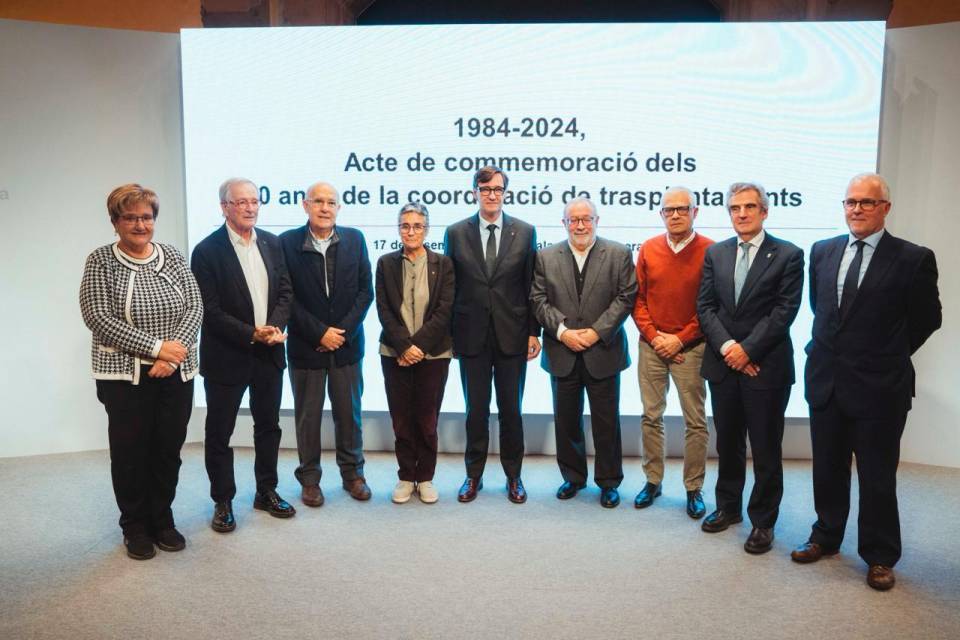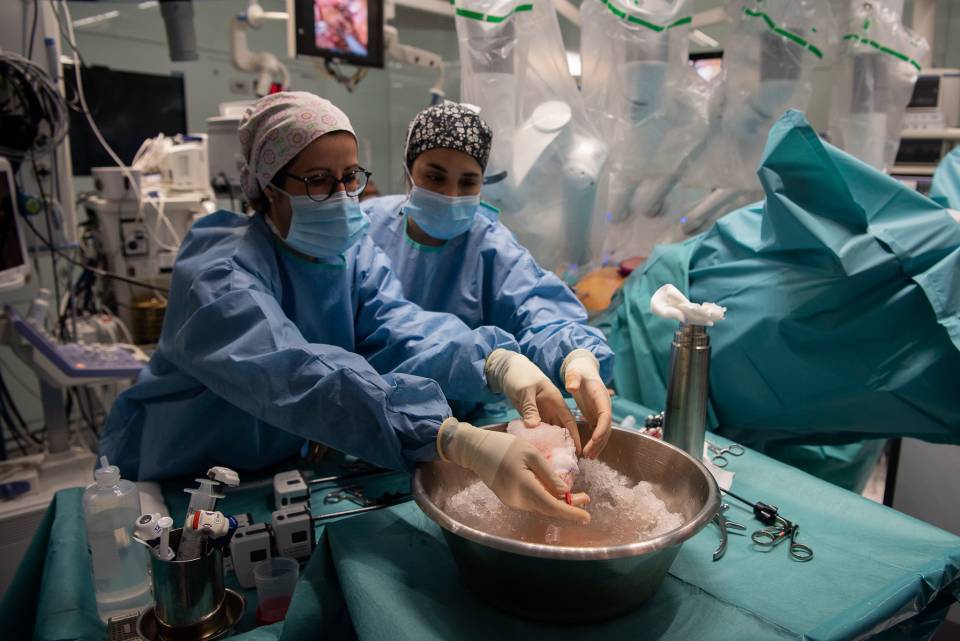Substantiated information by:

Elena Sandoval Martínez
Cardiovascular Surgeon
Cardiovascular Surgery Department

Josefina Casal Rodríguez
Nurse
Cardiology Department

Judit Prats
Enfermera de la UCI
Servicio de Cardiología

M. Angeles Castel Lavilla
Cardiology Service
Cardiologist
Published: 15 July 2019
Updated: 15 July 2019
Subscribe
Receive the latest updates related to this content.
Thank you for subscribing!
If this is the first time you subscribe you will receive a confirmation email, check your inbox
An error occurred and we were unable to send your data, please try again later.









